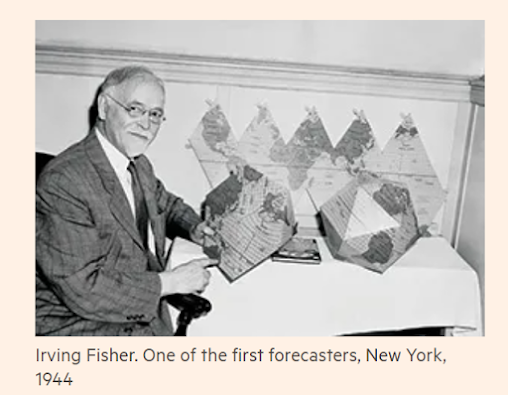Fisher’s reformulation of the quantity theory of money … has successfully survived seventy-five years of monetary debate without a need for major revision; its analytical content is accepted today by economists of all persuasions, and in the present world of fiat money it is actually more relevant than it was in Fisher’s gold standard world.Such was the state of monetary economics when Mises published his seminal work on The Theory of Money and Credit, in 1912. In writing this book, Mises achieved two aims. The first was to reconstruct monetary theory by integrating it with the subjective-value theory of price which had been developed by the early Austrian economists, most notably Carl Menger and Eugen Böhm-Bawerk. By doing this Mises was able to resolve the so-called “Austrian Circle,” according to which the value of money could not be explained in terms of marginal utility because any such explanation involved circular reasoning. It was this misconception that opened the door to Fisher’s analysis of money in terms of aggregative variables such as the national money supply, velocity of circulation of money, the average price level, and so on, eventually leading to the unquestioned predominance of the macroeconomic quantity theory of money.
—Joseph T. Salerno, introduction to Money: Sound and Unsound (Auburn, AL: Ludwig von Mises Institute, 2010), xv-xvi.

No comments:
Post a Comment